
|
|
|
|
|
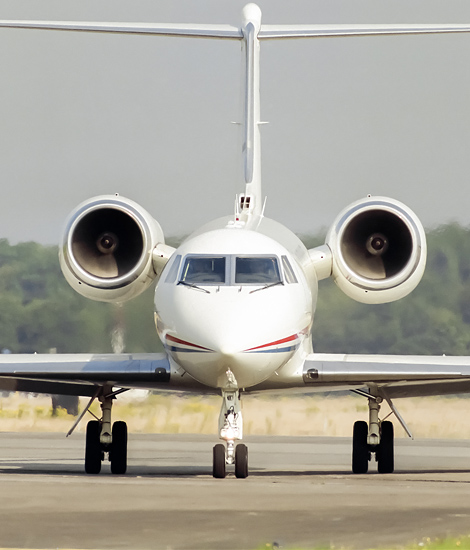
|
Development of the F-104 Starfighter; Gilze-Rijen, July 2 – 8, 2002
The Lockheed F-104 Starfighter, part 1; Text and Photograph's by Alex van Noye
The Lockheed F-104 Starfighter is a supersonic interceptor which was originally developed by Lockheed for the United States Air Force (USAF). However, the Starfighter would reach its greatest fame in Europe during the Cold War period. The aircraft was deployed by the Americans on a small scale during the Vietnam War.
The development of the Starfighter began when Kelly Johnson (chief engineer at Lockheed's Skunk Works) visited Korea in December 1951. He spoke to pilots about what kind of aircraft they wanted. At that time the American pilots were faced with the MiG-15 and many felt that the MiGs were superior to the American aircraft. In March 1952, a team was assembled and studied different designs of airplanes. Lockheed had chosen a minimalistic approach. A design was chosen with a big engine and a small streamlined fuselage. The engine which was chosen was the new General Electric J79. This engine had a dramatically improved performance compared to other engines of that time. The small L-246 design was powered by a single J79 and was identical to the L-083 Starfighter which was eventually developed. The draft was submitted to the US Air Force in November 1952. The Air Force was interested enough to create a common operational requirement for a lightweight fighter jet to replace the North-American F-100 Super Sabre. Lockheed received after defeating the competitors the contract. The development contract for two prototypes with the designation XF-104 was signed in March 1953. The work progressed quickly only the J79 engine was not yet ready. The prototypes therefore flew the Wright J65 engine, which was built as a licensed version of the Armstrong Siddeley Sapphire. The first prototype was completed in early 1954 and first flew on March 4, at Edwards AFB.
When the USAF revealed the existence of the XF-104, they gave only a vague description of the aircraft. The unveiling was similar to the secret F-117A in 1980. The prototype made its first flight on February 18, 1954. This flight, however, was not recognized as a first flight. During the first official flight the aircraft had problems with retracting the landing gear near the wheels. The second prototype was lost a few weeks later while testing the board canon. In November 1955, the prototype was accepted by the USAF. The J65 with afterburner ensured that the design could not yet
|
|
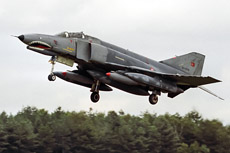
|
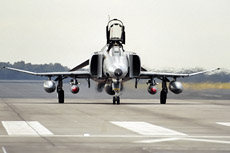
|
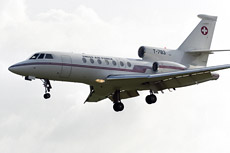
|
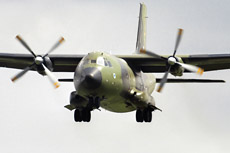
|
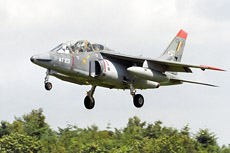
|
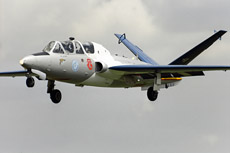
|
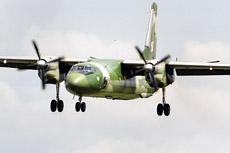
|
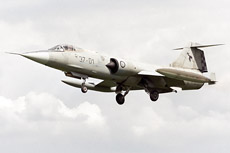
|
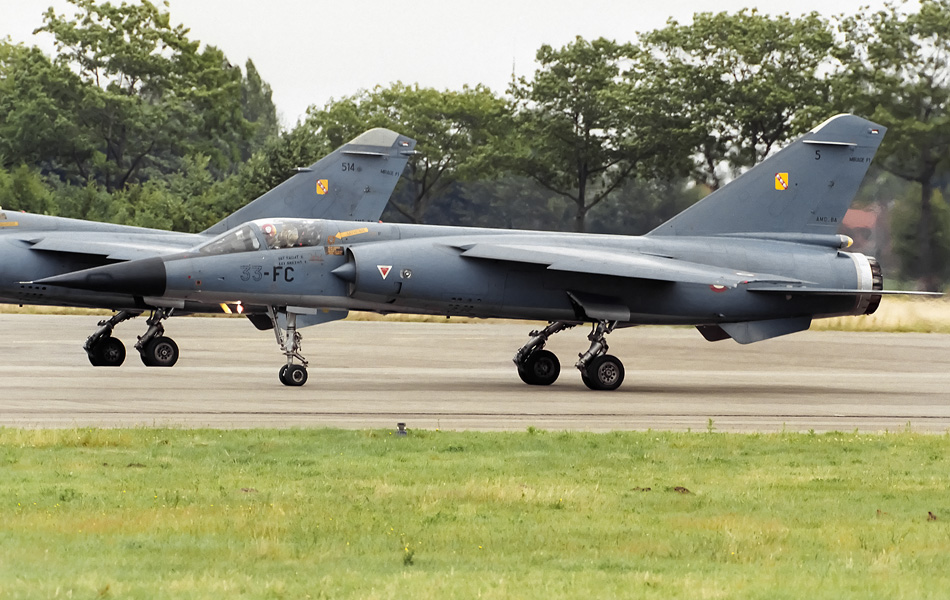
|
reach its maximum speed and climbing ability. Directional stability issues had to be corrected and additional fuel capacity was added to the design. Based on the XF-104 testing and evaluation, the following variant the YF-104A was built. The aircraft was extended to 16.66 meters and equipped with the General Electric J79 engine. The aircraft also had a modified landing gear and different air intakes. The first YF-104A flew for the first time on February 17, 1956. There were soon 16 aircraft constructed for carrying out evaluations of the test type. Several changes were made to the plane including fuselage reinforcement and an addition of a ventral fin. There were several problems with the J79 with afterburner and delays were caused by the need to add the Sidewinder missiles. In January 1958, the first operational Starfighter Squadron was formed. A total of 2578 F-104 Starfighters were produced by Lockheed and licensed by various foreign manufacturers.
The only war in which the Starfighter in American service would come into action was during the Vietnam War. During Operation Rolling Thunder, the Starfighter was used as an air superiority fighter and in the role of fighter-bomber. The Starfighters conducted a few dogfights, but were more suitable to intercept and deter the MiGs. The Starfighter squadrons were in total sent twice to Vietnam. The first period was from April 1965 until November 1965 in which more than 2937 combat missions were flown. During the first two missions Starfighters were shot down by anti-aircraft artillery. An aircraft was shot down by a Shenyang J-6 when the F-104 was lost in Chinese airspace. There were two F-104s lost due to a collision in the air while searching for the missing Starfighter. The 436th TFS was deployed in Vietnam from July 1965 until October 1965 and lost four aircraft. The Starfighters went back to Vietnam when the 435th TFS was deployed from June 1966 until July 1967. During this period, they flew 2269 missions. There were during these deployments nine Starfighters lost. Two aircraft have been shot down by ground cannons and three by SAM missiles. The last four lost Starfighters crashed due to engine failures. The Starfighter has shown in Vietnam that it is a very fragile aircraft. The aircraft was not used anymore in Vietnam due to large numbers of aircraft which were lost.
The F-104A Starfighter flew in the United States at several units. The F-104B Starfighter was the double seat trainer version of the Starfighter. There were a total of 153 and 26 aircraft of this type been built between 1958 and 1960. After this time, the aircraft were still flown by the ANG until 1963. The most widely used version of the Starfighter in the United States, was the F-104C and the trainer version of the aircraft the F-104D. DeF-104C was the fighter-bomber version for the USAF Tactical Air Command. The aircraft had an improved fire control radar of type AN/ASG-14T-2. The aircraft had a center line hard point and two wing attachment points for carrying weapons. The F-104C had the ability to carry an Mk28 and MK43 nuclear weapon on the centerline. The main F-104 Starfighter training was housed at Edwards AFB in California at the 479th TFW and at George AFB in California at the 434th TFW. Besides the USAF, also the American Air Defense Command flew with the F-104. In total, this organization had seven units, namely; the 56th FIS at Wright-Patterson AFB in Ohio, the 83d FIS at Hamilton AFB in California, the 337th FIS at Westover AFB in Massachusetts, the 538th FIS at Larson AFB in Washington, the 319th FIS at Homestead AFB in Florida, the 331st FIS Webb AFB in Texas and the 482d FIS at Homestead AFB in Florida. The US Air National Guard had four guards which flew the F-104, namely; the Arizona ANG at Sky Harbor IAP, the Puerto Rico ANG on Muniz ANGB, and the South Carolina ANG at McEntire ANGB and the Tennessee ANG at McGhee Tyson ANGB. The last American F-104s were retired from service in 1983.
|
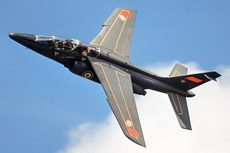
|
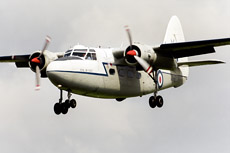
|
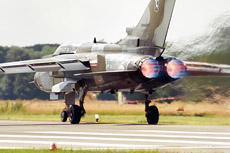
|
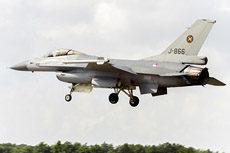
|
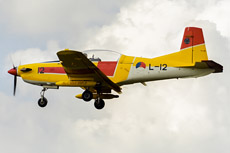
|
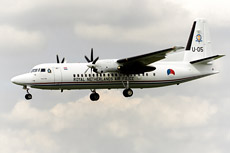
|
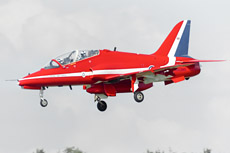
|
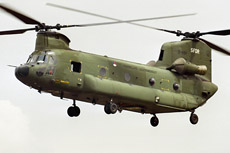
|
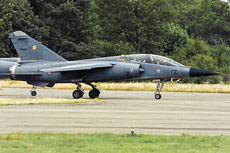
|
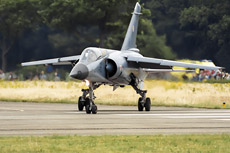
|
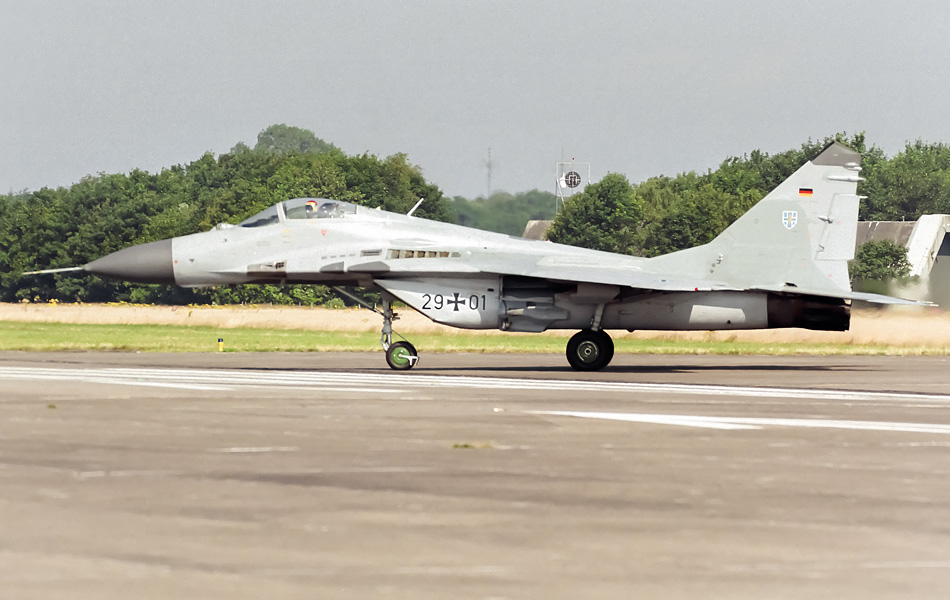
|
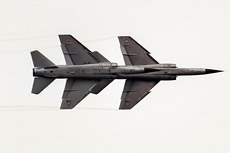
|
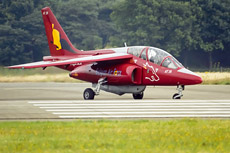
|
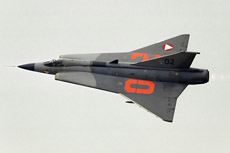
|
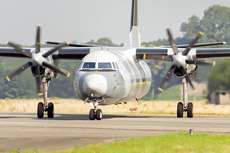
|
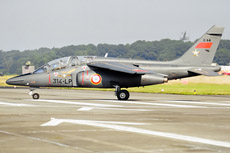
|
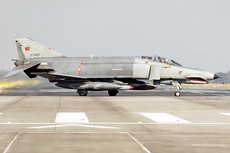
|
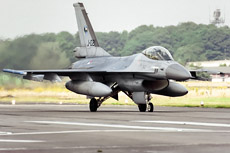
|
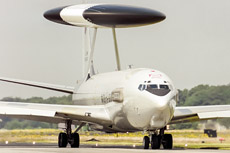
|
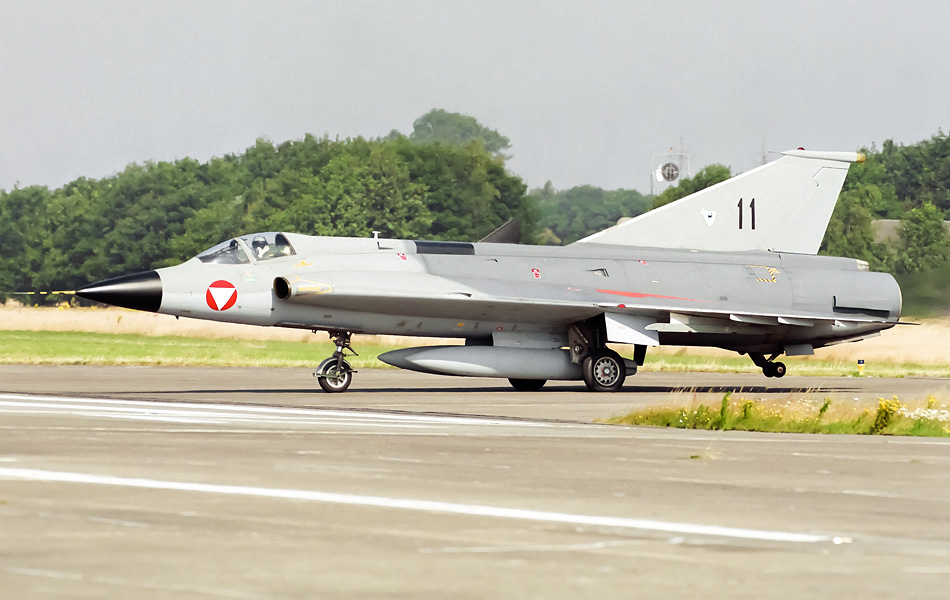
|
|
|

|







